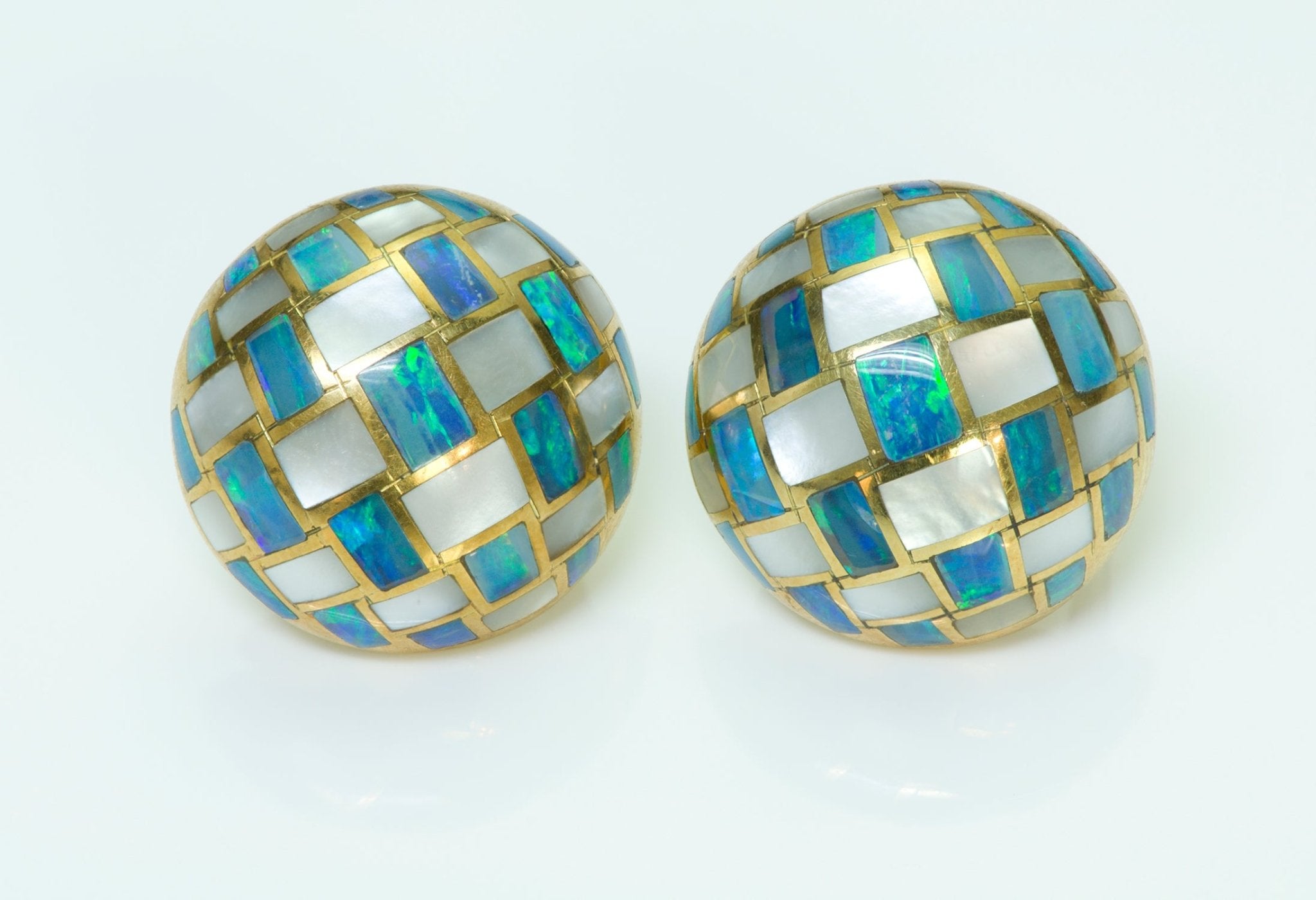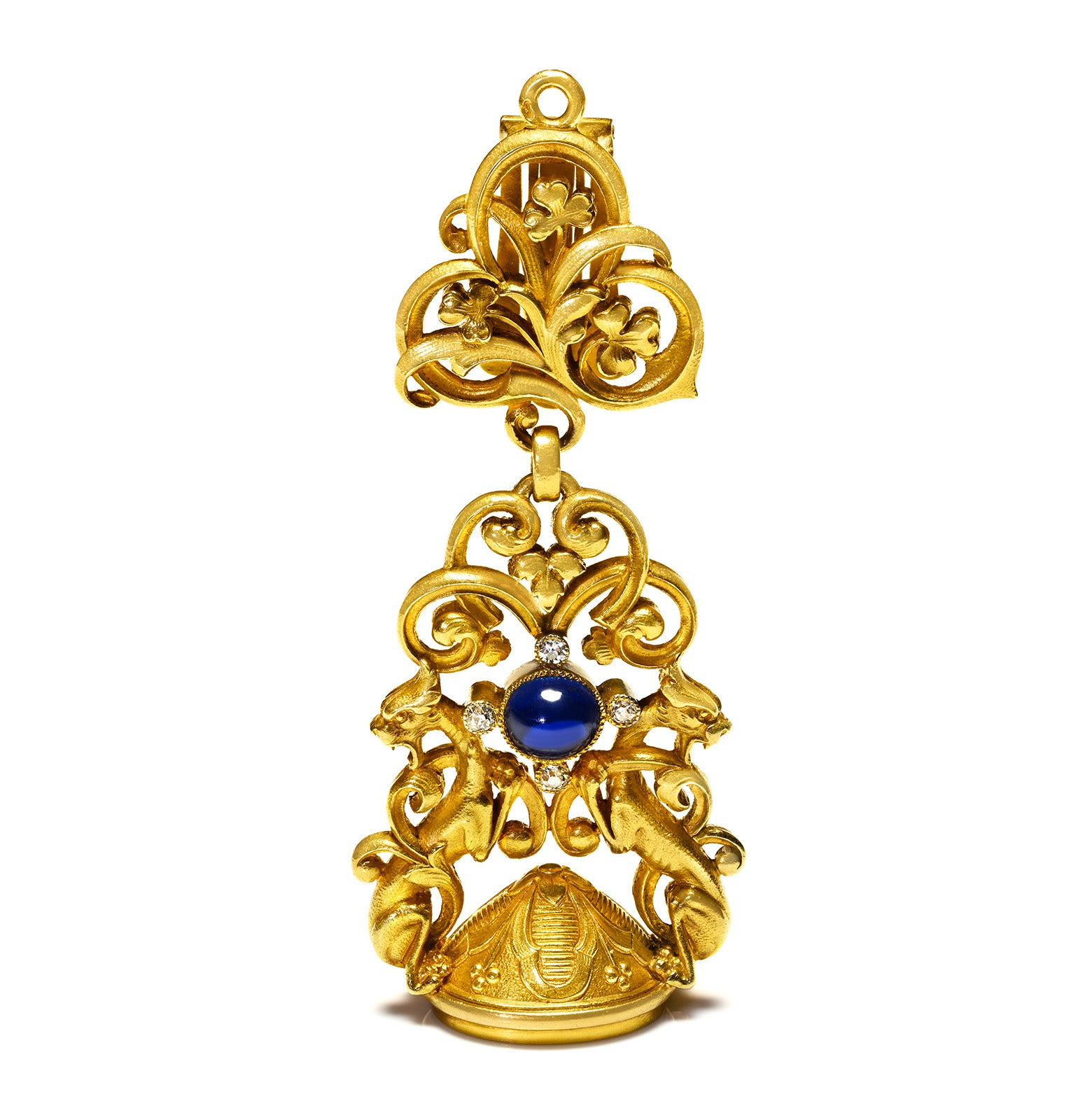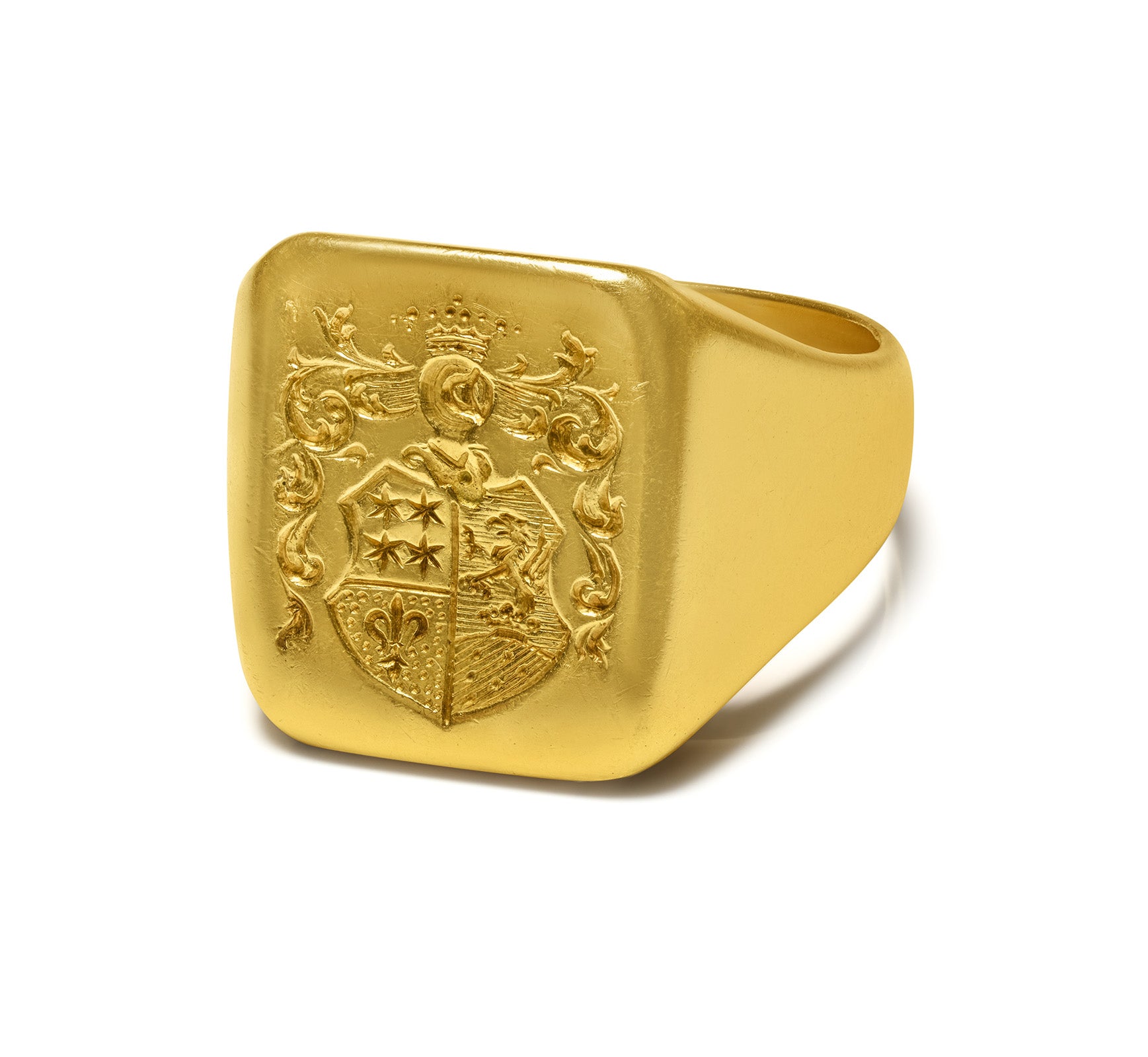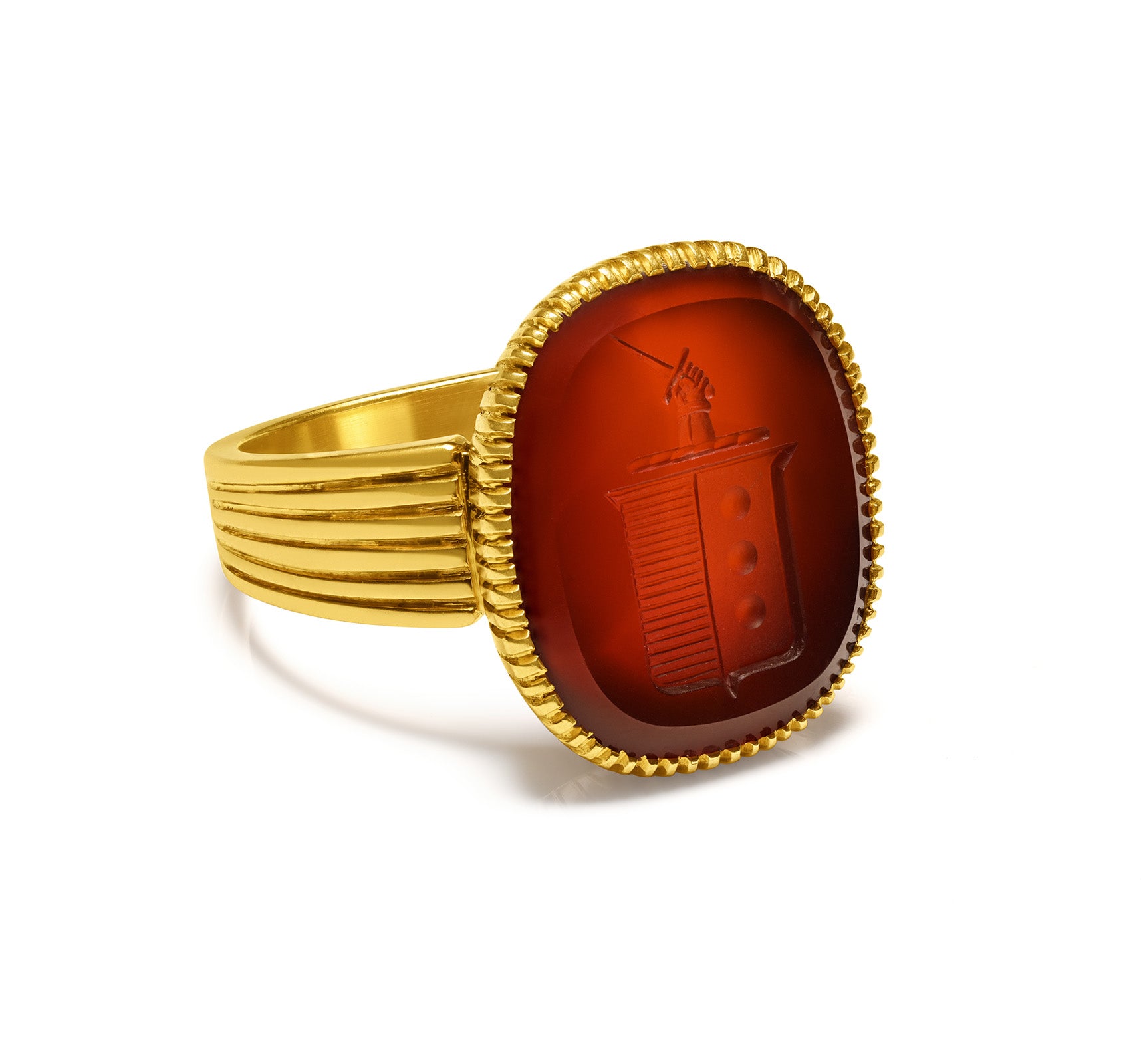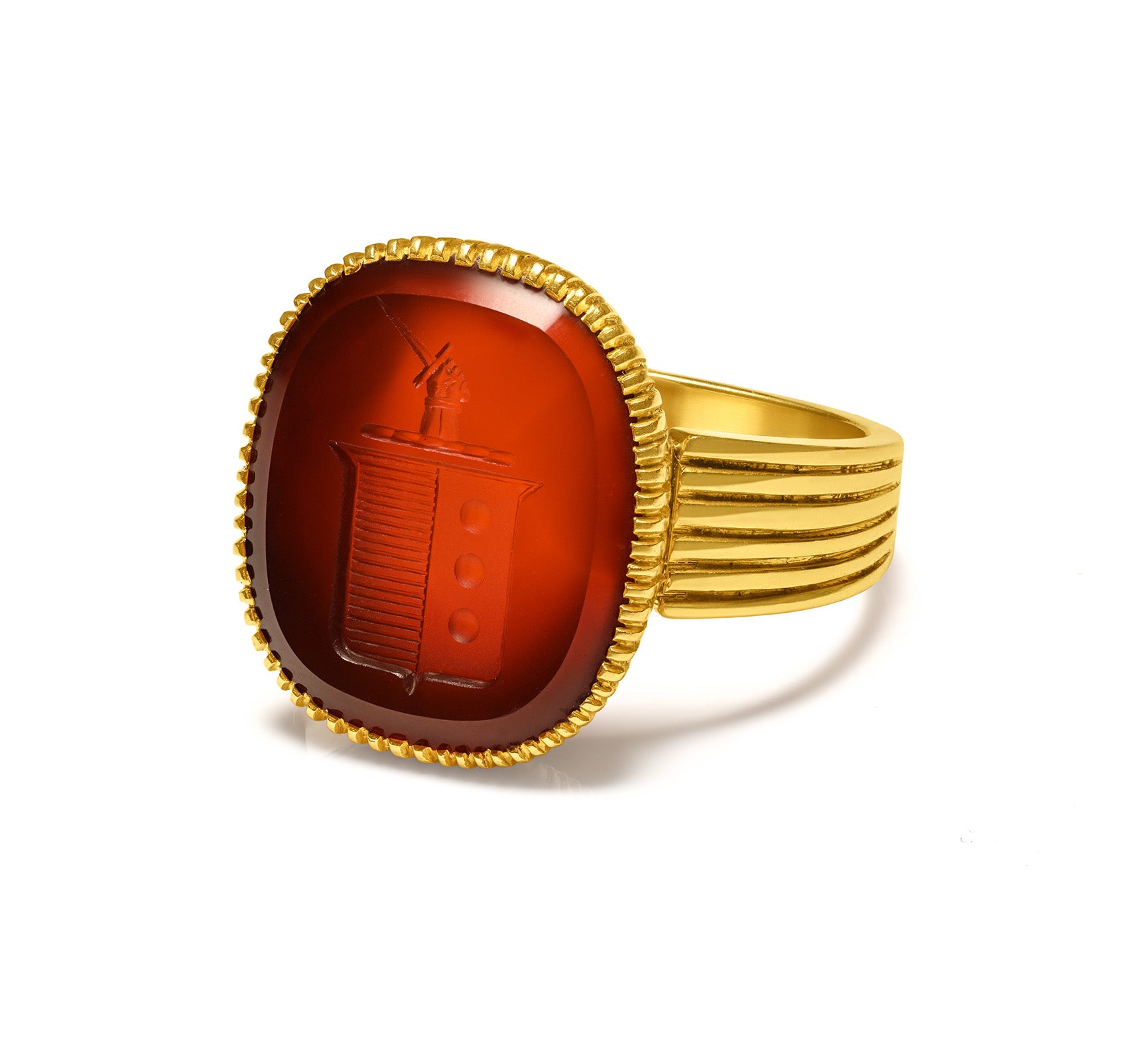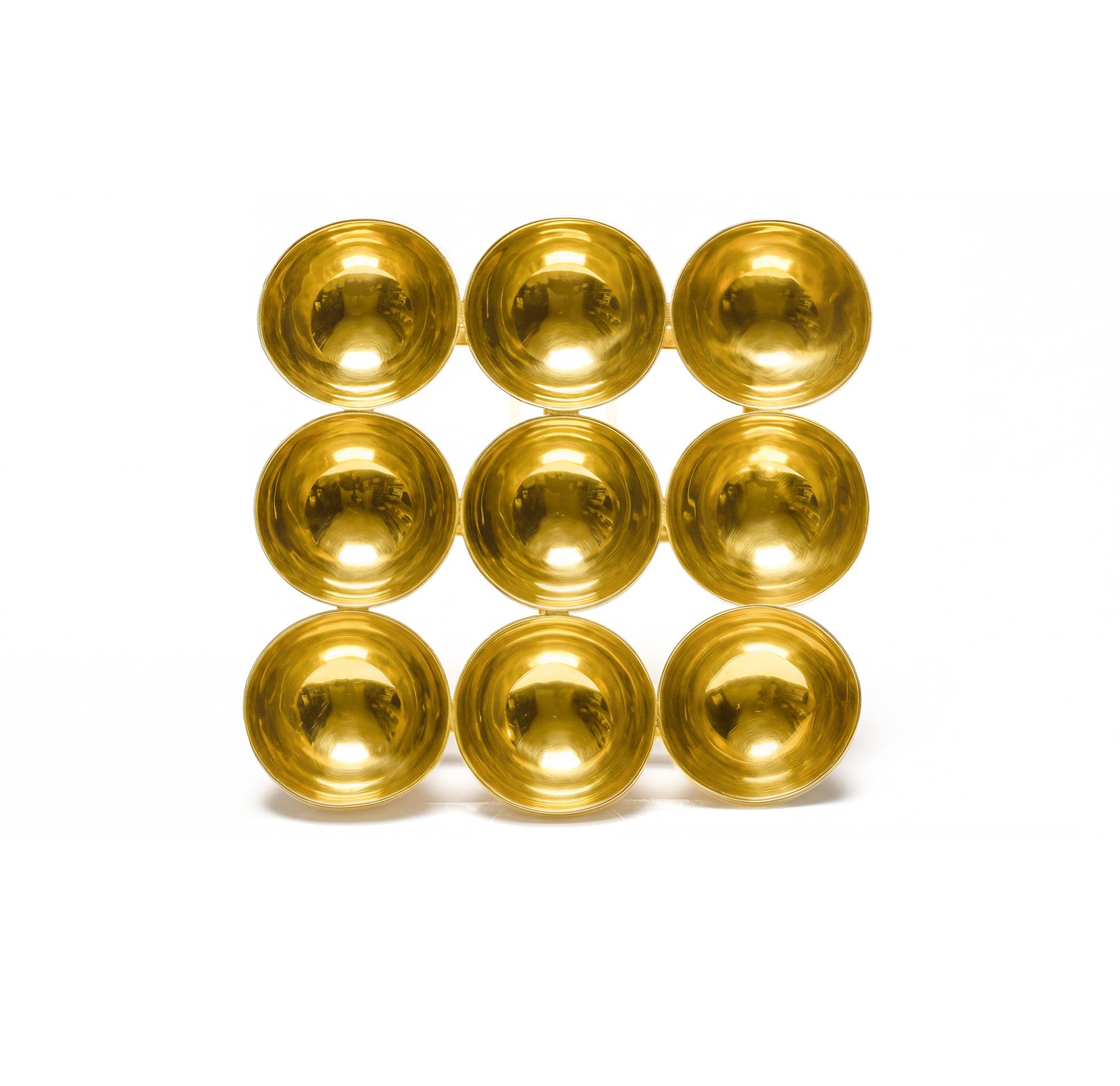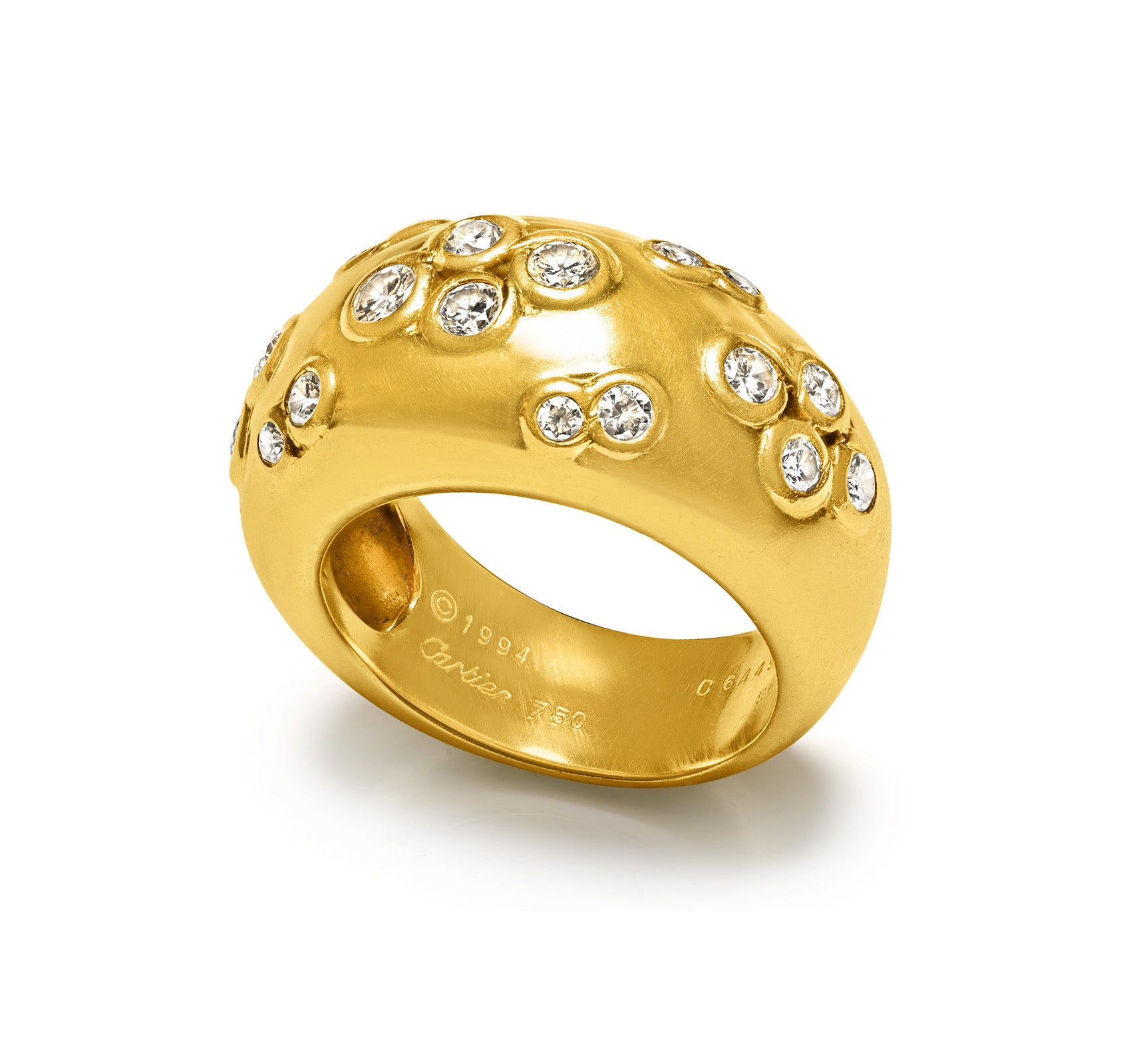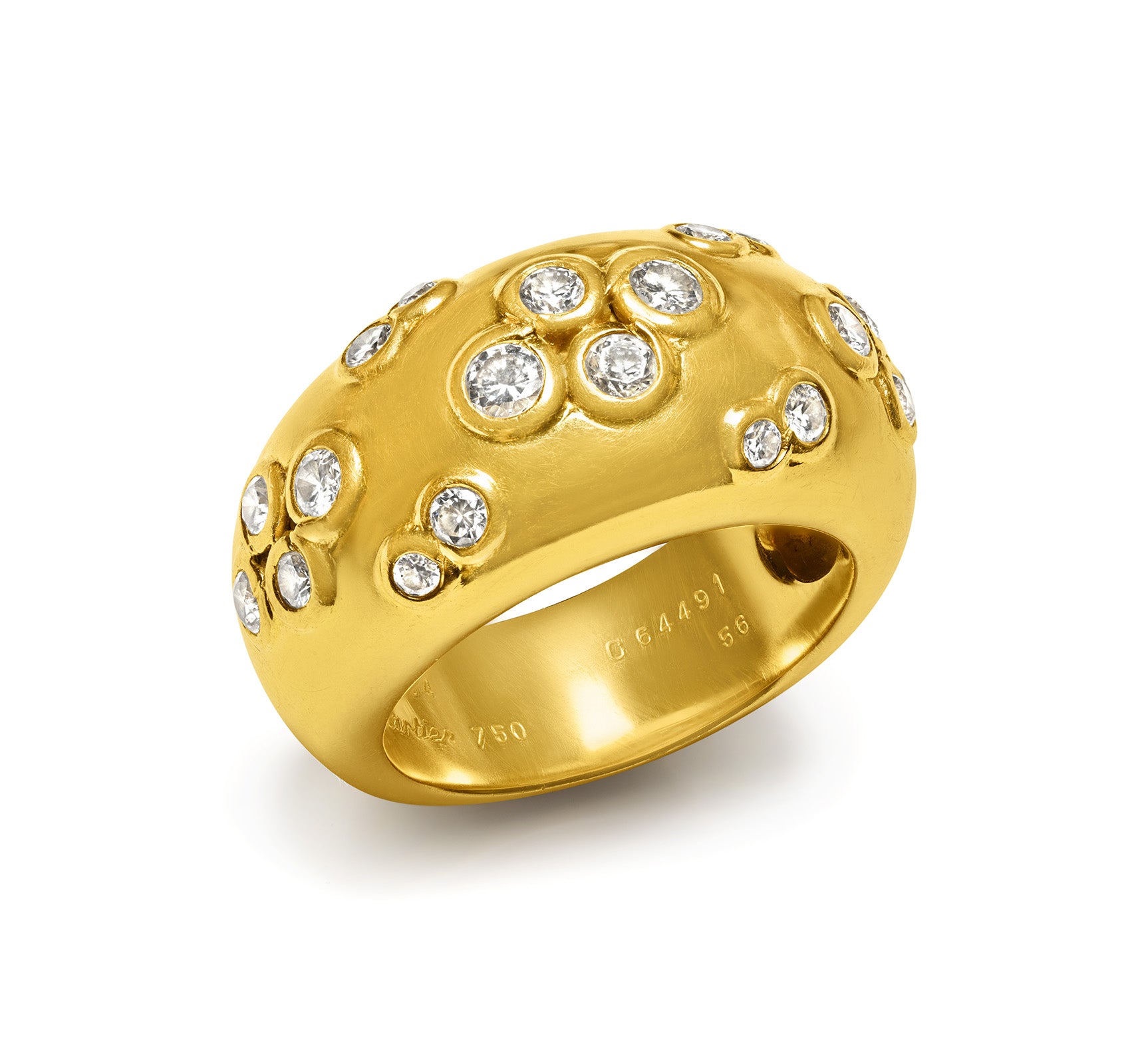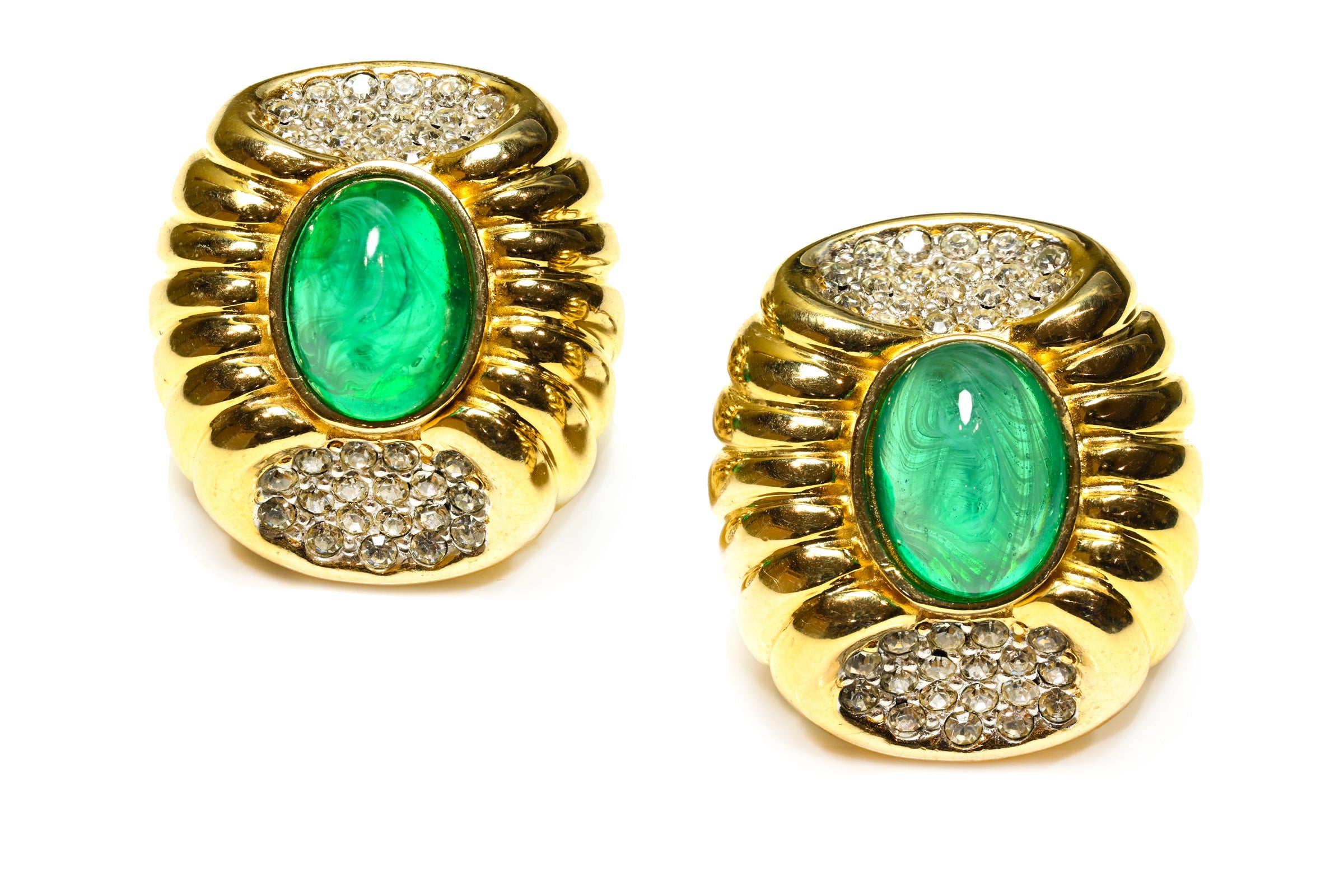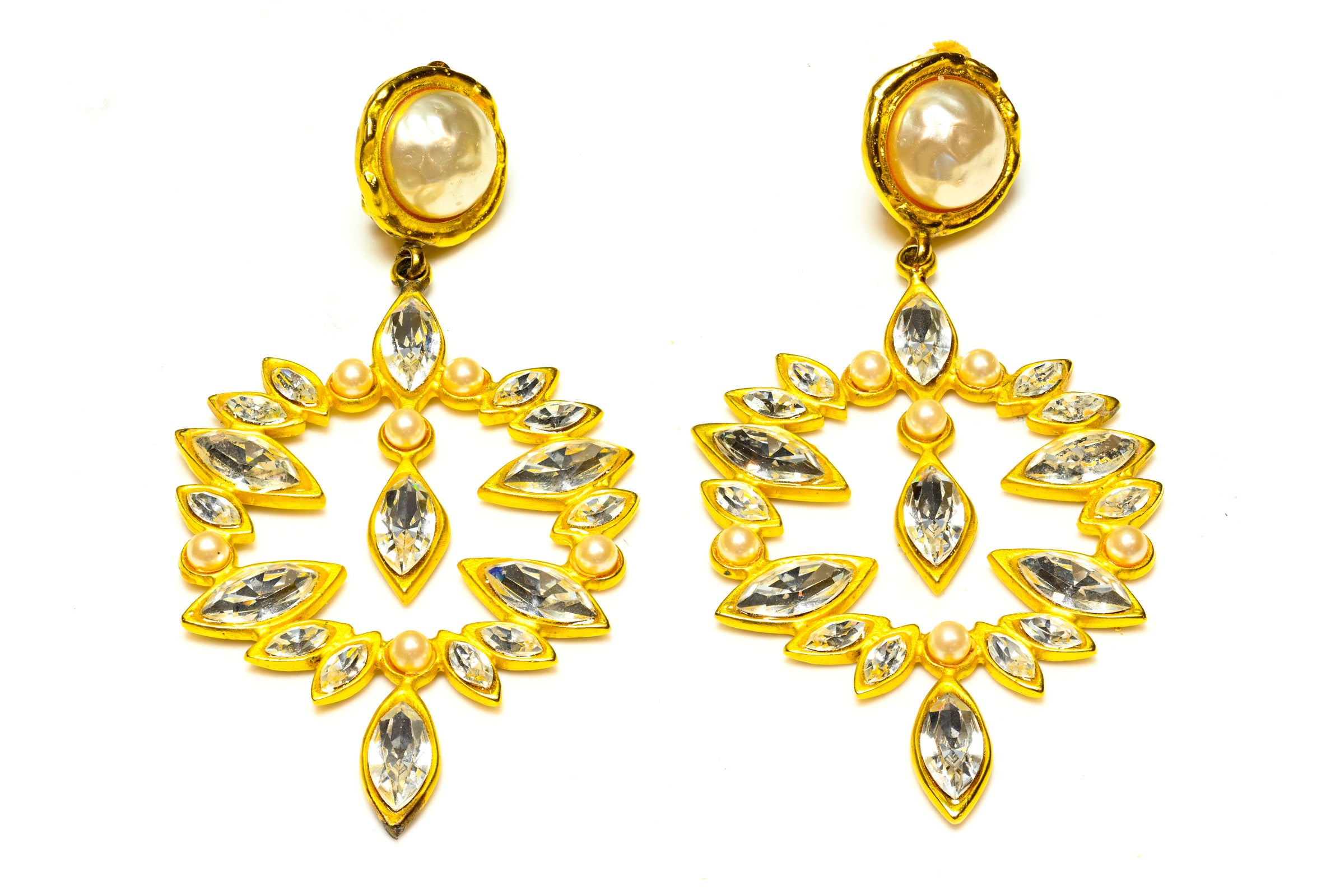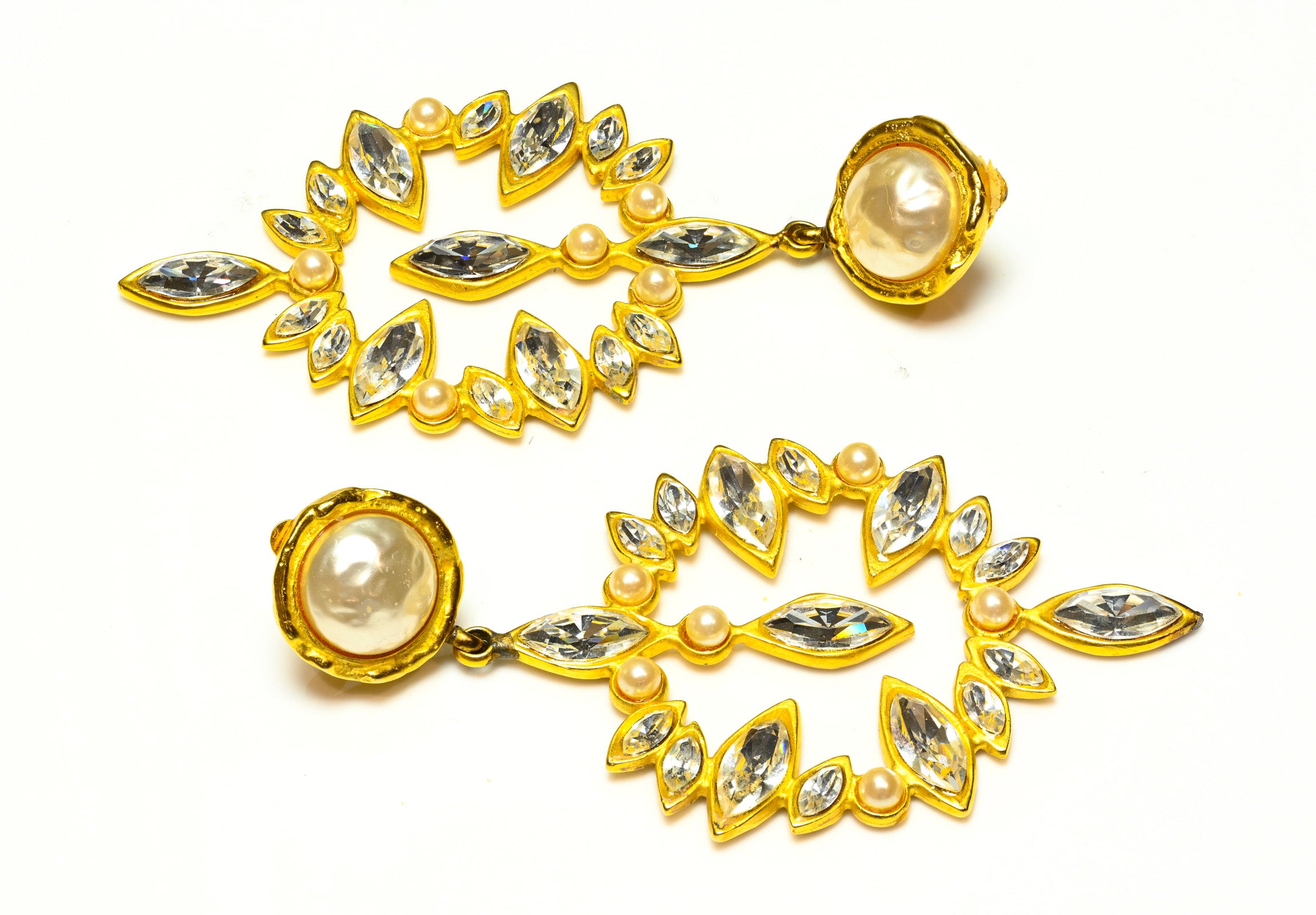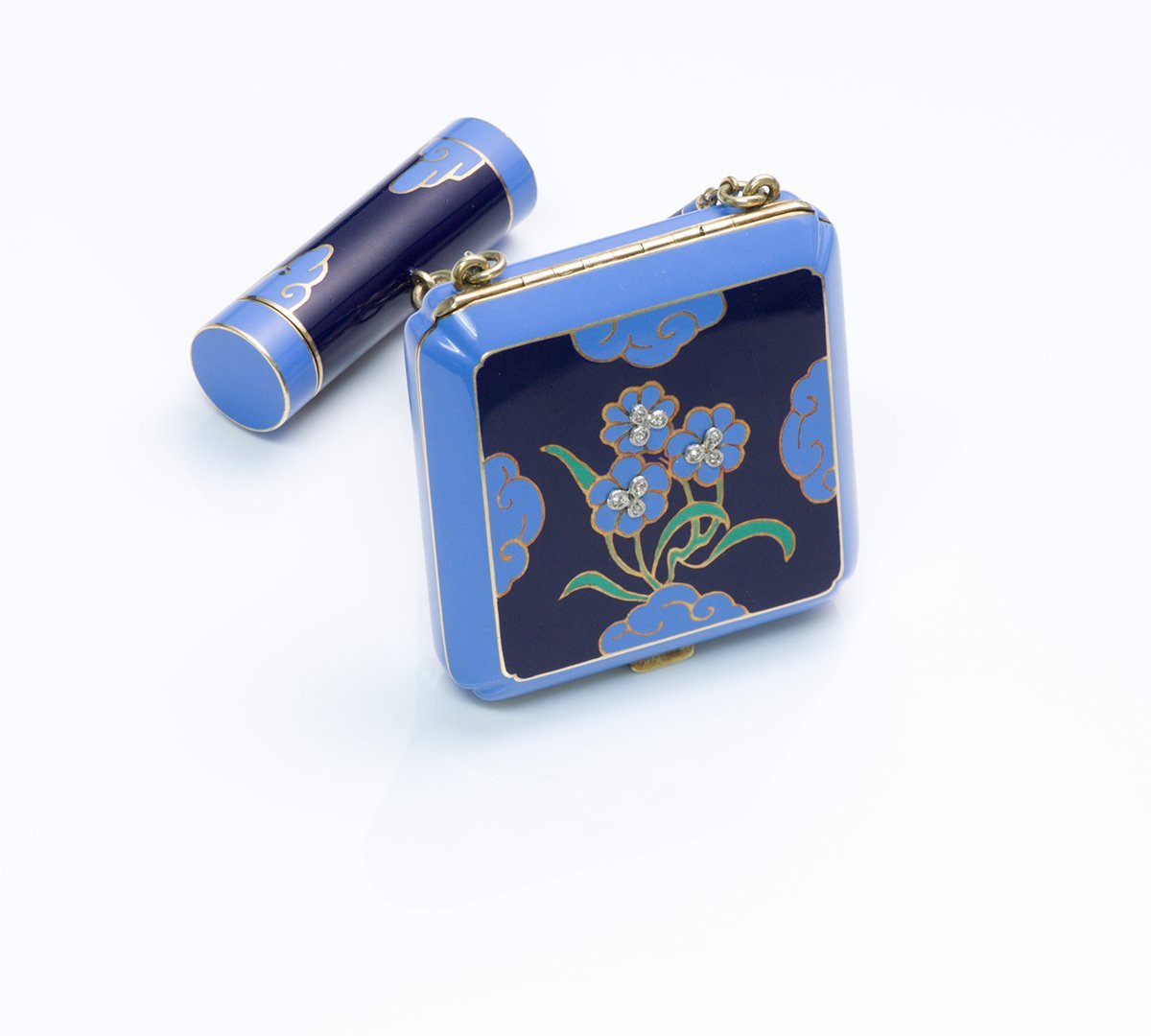
The Geometric Brilliance of Art Deco Jewelry: A Journey Through Luxury, Craftsmanship, and Modernity
The geometric luxury of the Art Deco movement represents one of the most celebrated chapters in the history of design. Characterized by symmetry, bold lines, and a harmonious balance between ornamentation and functionality, Art Deco jewelry remains a pinnacle of modern elegance. Emerging in France during the early 1920s and flourishing until the late 1930s, the movement brought together some of the world’s finest materials, the most skilled artisans, and a vision of style that continues to captivate collectors today.
At DSF Antique Jewelry, we are proud to curate one of the most refined selections of Art Deco Jewelry—pieces that embody the era’s innovation, luxury, and unmistakable style. Each ring, bracelet, brooch, and pair of earrings in our collection reflects a dialogue between past and future, ornament and architecture.
Origins of the Art Deco Aesthetic
Art Deco—sometimes called “Deco”—made its first major public appearance at the 1925 Exposition Internationale des Arts Décoratifs et Industriels Modernes in Paris, from which the movement took its name. At that time, the world was undergoing rapid change: industrialization accelerated, new social norms emerged, and technological progress shifted notions of beauty and practicality.
Where Art Nouveau had embraced flowing curves, natural motifs, and dreamlike forms, Art Deco favored structure, geometry, and modernity. The influences behind Deco were wide and eclectic:
-
Cubism, with its fractured shapes
-
The Vienna Secession, with its linear elegance
-
Egyptian Revival, sparked by the discovery of Tutankhamun’s tomb
-
Futurism, emphasizing speed and modern progress
-
Machine Age imagery, celebrating engineering and modern industry
Art Deco emerged not as a single style, but as a vibrant fusion of creativity across cultures and disciplines. It blended historic inspirations with contemporary ideas, creating a vision of luxury suited for the modern world.
Materials: A Celebration of Luxury
The Art Deco period coincided with a time of prosperity—the “Roaring Twenties”—and jewelers embraced materials that conveyed prestige, brilliance, and innovation. There was nothing modest or inexpensive about the jewelry of this era. Instead, it was designed to make a visual impact and to express sophistication with unmistakable confidence.
The Era’s Most Iconic Materials
-
Platinum:
The metal of choice for many Deco masterpieces, known for its strength and ability to hold delicate pavé settings. -
White Gold:
Introduced as a luxurious yet versatile metal, perfect for the monochromatic look that dominated the decade. -
Diamonds:
Old European cuts, early round brilliants, and baguettes were arranged in symmetrical, architectural designs. -
Colored Gemstones:
Sapphires, rubies, emeralds, and aquamarines were often cut into calibré shapes to fit precise geometric patterns. -
Jade and Onyx:
Particularly in pieces influenced by Asian and Egyptian aesthetics. -
Coral, Lapis Lazuli, Mother-of-Pearl:
Used to add contrast and bold color accents to otherwise structured designs.
The emphasis on combining precious metals with brilliant gemstones reflected the optimism and creative enthusiasm of the era. This was jewelry intended to stand out—elegantly, confidently, and with impeccable craftsmanship.
Craftsmanship: Precision Above All
What sets Art Deco jewelry apart is not merely its use of luxury materials, but the extraordinary craftsmanship behind each piece. Jewelers worked with unmatched precision to create pieces that balanced structure with artistry.
Defining Techniques of Art Deco Jewelry
-
Pavé and micro-pavé settings, requiring master-level skill
-
Calibré cutting of gemstones to fit tightly into architectural patterns
-
Milgrain detailing creating delicate beaded edges
-
Filigree work executed in platinum for a lace-like effect
-
Invisible settings, which emerged toward the late Deco period
Each technique demanded extraordinary precision, making original Art Deco pieces highly valued today for both their craftsmanship and historical significance.
Design Motifs: When Geometry Meets Glamour
The visual language of the Art Deco movement drew on forms that felt strong, dynamic, and modern. Jewelry was influenced not only by global cultures but also by the machine age and industrial progress.
Most Iconic Deco Motifs
-
Chevron patterns and zigzags
-
Sunburst and starburst motifs
-
Strong symmetrical lines
-
Stepped forms inspired by skyscrapers
-
Pharaohs, scarabs, and lotus designs from Egyptian Revival
-
Asian-inspired motifs, including lotus flowers and stylized clouds
-
Abstract floral patterns, simplified into geometric shapes
These motifs allowed jewelers to create designs that were both ornamentally rich and visually disciplined—expressing a new idea of beauty for a fast-changing world.
Art Deco in Architecture and Decorative Arts
While jewelry is among the most cherished expressions of Art Deco, the movement also transformed architecture, interior design, fashion, furniture, and graphic arts.
Architecture
Art Deco architecture embraced:
-
symmetrical facades
-
stylized ornamentation
-
layered setbacks
-
metalwork and glass
-
streamlined geometry
Some of the world's most iconic buildings embody this aesthetic, including New York’s Chrysler Building and Rockefeller Center.
Decorative Arts
From lacquered furniture to chrome accents and mirrored surfaces, Deco influenced every aspect of design. Its emphasis on craftsmanship combined with machine precision created a visual identity that still inspires contemporary creators.
The Evolution of Art Deco: From Glamour to Streamline Moderne
While the movement began with lavish ornamentation, it evolved significantly through the 1930s. The Great Depression introduced social and economic challenges that influenced artistic expression.
Early Art Deco (1920–1930)
-
Highly ornamental
-
Rich in contrasting gemstones
-
Bold geometric patterns
-
Platinum and diamonds dominating high-jewelry ateliers
Late Art Deco or Streamline Moderne (1930–1940)
-
Sleeker, more aerodynamic lines
-
Fewer contrasting colors
-
More emphasis on minimalism
-
Increased use of white gold and silver due to wartime restrictions
Even as the movement became more subdued, the quality of craftsmanship remained exceptional.
Why Art Deco Jewelry Is Highly Sought After Today
Collectors, jewelry historians, and design enthusiasts continue to seek authentic Art Deco jewelry for several reasons:
1. Timeless Design Language
The combination of clean lines and geometric beauty feels modern even a century later. Deco pieces integrate seamlessly into contemporary wardrobes.
2. Exceptional Craftsmanship
Many pieces were created by hand at a level of precision rarely achievable today.
3. Rarity and Historical Importance
Every original Deco piece is a tangible connection to the glamour of the 1920s and 1930s—the Jazz Age, flappers, early cinema, and the golden era of Parisian ateliers.
4. Investment Value
High-quality Art Deco jewelry from renowned makers has shown steady appreciation, particularly signed pieces. Their craftsmanship and limited supply contribute to long-term desirability.
5. Versatility
Despite their strong aesthetics, many Deco pieces remain surprisingly wearable and elegant, enhancing both casual and formal styles.
Art Deco at DSF Antique Jewelry
At DSF Antique Jewelry, we specialize in acquiring rare and meaningful vintage pieces, including exceptional examples of Art Deco design. Our curated selection reflects the full spectrum of the movement:
-
Platinum and diamond rings with calibré sapphire borders
-
Geometric bracelets combining diamonds and onyx
-
Jade and coral pieces inspired by Asian and Egyptian Revival styles
-
Brooches featuring stepped motifs and architectural lines
-
Earrings with baguette and round diamonds arranged in geometric harmony
Each piece in our collection highlights the artistry and innovation of the era, offering collectors the opportunity to own a piece of design history.
Collecting Art Deco Jewelry: What to Look For
For collectors—whether seasoned or new—several markers help identify authentic and high-quality Art Deco pieces.
1. Examine the Craftsmanship
Fine milgrain, precise geometry, and hand-cut stones are key indicators.
2. Look for Platinum or Early White Gold
These metals were widely used for structural and stylistic reasons.
3. Evaluate the Stone Cuts
Old European cuts, baguettes, bullet cuts, trapezoids, calibré sapphires, and emerald-cut stones are hallmarks of the era.
4. Assess the Design Balance
Authentic Deco pieces achieve perfect symmetry and proportion.
5. Provenance and Maker
Pieces signed by Cartier, Van Cleef & Arpels, Tiffany & Co., Lacloche, Mauboussin, and other maisons carry added significance and value.
The Lasting Legacy of Art Deco Jewelry
More than a century after its emergence, Art Deco jewelry continues to define an era of creativity, luxury, and optimism. Its geometric beauty and meticulous craftsmanship remain symbols of modern style, and its influence can be seen in contemporary jewelry houses around the world.
Whether worn as a statement or cherished as a collectible, Art Deco jewelry captures a moment when art, industry, and imagination aligned perfectly.
At DSF Antique Jewelry, we are honored to preserve and share these extraordinary pieces—each one a masterpiece of design history, a reflection of the modern age, and a testament to the enduring power of beauty crafted with intention.



